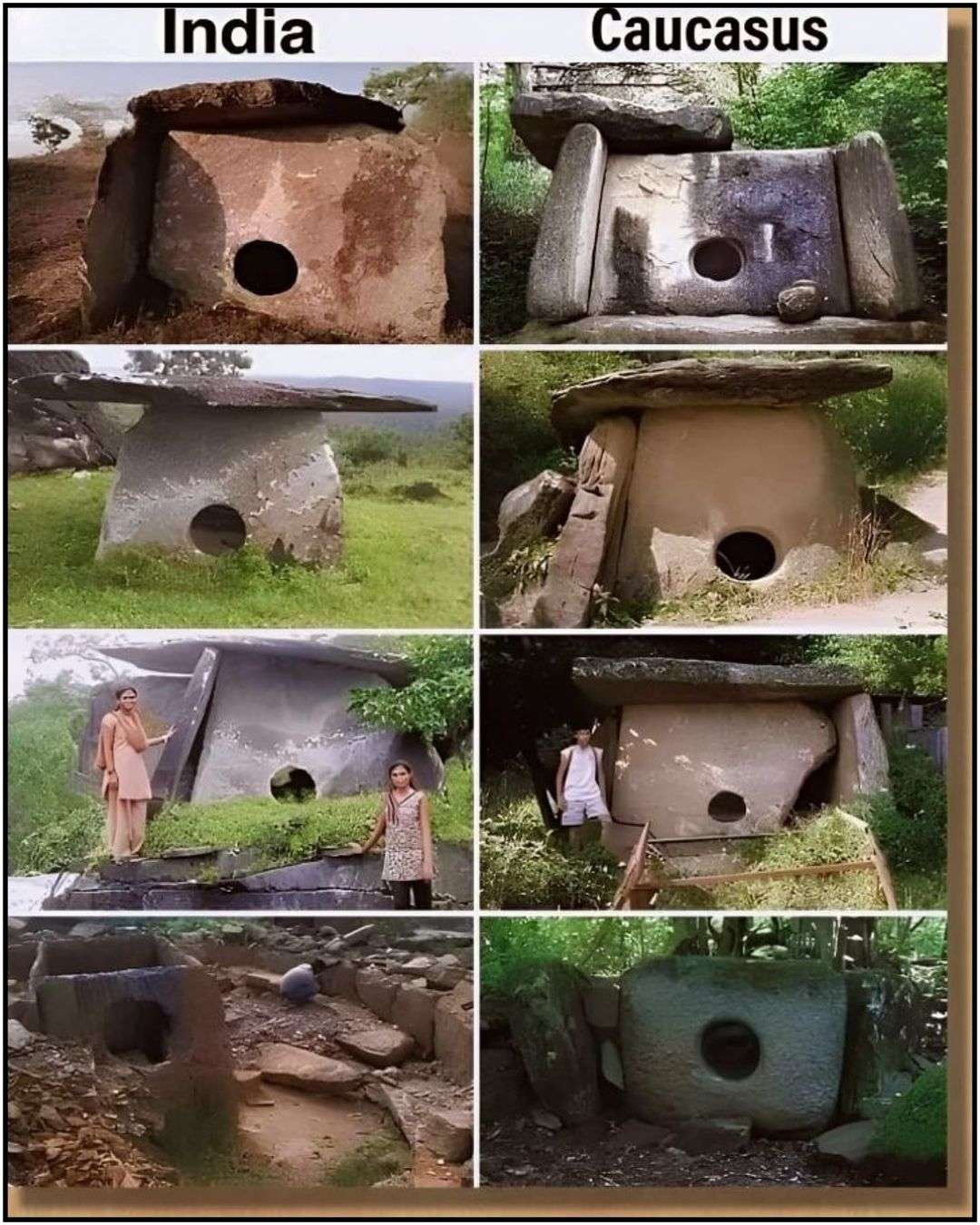The Linguistic Interplay: Tamil and Sanskrit
The relationship between Tamil and Sanskrit is a captivating study of linguistic evolution, cultural exchange, and historical significance. Both languages have rich histories, and their interactions have shaped the linguistic landscape of India. Here’s a closer look at how these two ancient languages have influenced each other over the centuries.
Historical Context
Sanskrit, an ancient Indo-Aryan language, emerged around the 1st millennium BCE. It became a foundational language for many religious and philosophical texts in Hinduism, Buddhism, and Jainism. Its role as a liturgical language established its prestige and widespread usage across northern India.
On the other hand, Tamil, a Dravidian language, boasts an even older heritage, with its earliest inscriptions dating back to around the 5th century BCE. Tamil is one of the oldest continuously spoken languages in the world and has a vast literary tradition, exemplified by classical works and poetry.
Sanskrit's Influence on Tamil
The influence of Sanskrit on Tamil is significant, particularly in the realms of religion, administration, and literature. As Hinduism permeated South India, a considerable number of Sanskrit words were adopted into the Tamil lexicon. This borrowing was particularly pronounced in contexts involving:
Religious Vocabulary: Terms such as “Deivam” (god), “Shakti” (power), and “Pooja” (worship) are derived from Sanskrit and highlight the cultural integration between the two languages.
Literature and Philosophy: Many Tamil literary works, especially those from the Sangam period, show Sanskrit influences in themes, styles, and content, as Tamil poets drew upon the philosophical and literary traditions of Sanskrit.
Tamil's Influence on Sanskrit
While the influence of Sanskrit on Tamil is well-documented, the reverse has also occurred, albeit to a lesser extent. Some Tamil words have found their way into Sanskrit, particularly during periods of cultural exchange and regional interaction:
Regional Contexts: Certain Tamil terms related to local flora, fauna, and cultural practices were sometimes adopted into Sanskrit. This linguistic exchange often occurred in contexts where Tamil-speaking regions engaged with Sanskrit-speaking scholars and religious leaders.
Loanword Dynamics
The borrowing of words between languages often reflects cultural dynamics and historical contexts. In the case of Tamil and Sanskrit:
Sanskrit has borrowed more from Tamil than vice versa, especially during periods when the cultural and religious narratives of South India became intertwined with those of North India.
The profound influence of Sanskrit on Tamil is particularly evident in religious and literary contexts, where Sanskrit terminology became essential in the administration and temple traditions.
Conclusion
The interplay between Tamil and Sanskrit is a testament to the rich cultural tapestry of India. While Sanskrit has had a more significant impact on Tamil, contributing extensively to its vocabulary, the mutual influences are a reminder of the dynamic nature of language and culture. As we explore these connections, we gain deeper insights into how ancient traditions have shaped contemporary identities, illustrating the enduring legacy of these two remarkable languages.
This ongoing dialogue between Tamil and Sanskrit continues to be a vital area of research, revealing not only linguistic connections but also the shared history of the peoples and cultures that have flourished in India over millennia. As we delve into this fascinating linguistic journey, we celebrate the diversity and richness of India's cultural heritage.
#tamil #sanskrit #linguistics #culturalexchange #indianhistory #ancientlanguages #dravidianlanguages #indoaryanlanguages #sangamliterature #languageevolution #heritage #tamilnadu #sanskritinfluence #culturalheritage #languageandculture #ancientcivilizations #historicallinguistics #india #culturalidentity #literature #archaeology #languagelearning

 News Feed
News Feed  Albums
Albums  Popular Posts
Popular Posts  Memories
Memories  Pokes
Pokes  Blog
Blog  Market
Market  Directory
Directory  Events
Events  Games
Games  Jobs
Jobs  Offers
Offers  Find friends
Find friends  Common Things
Common Things  Fundings
Fundings 
